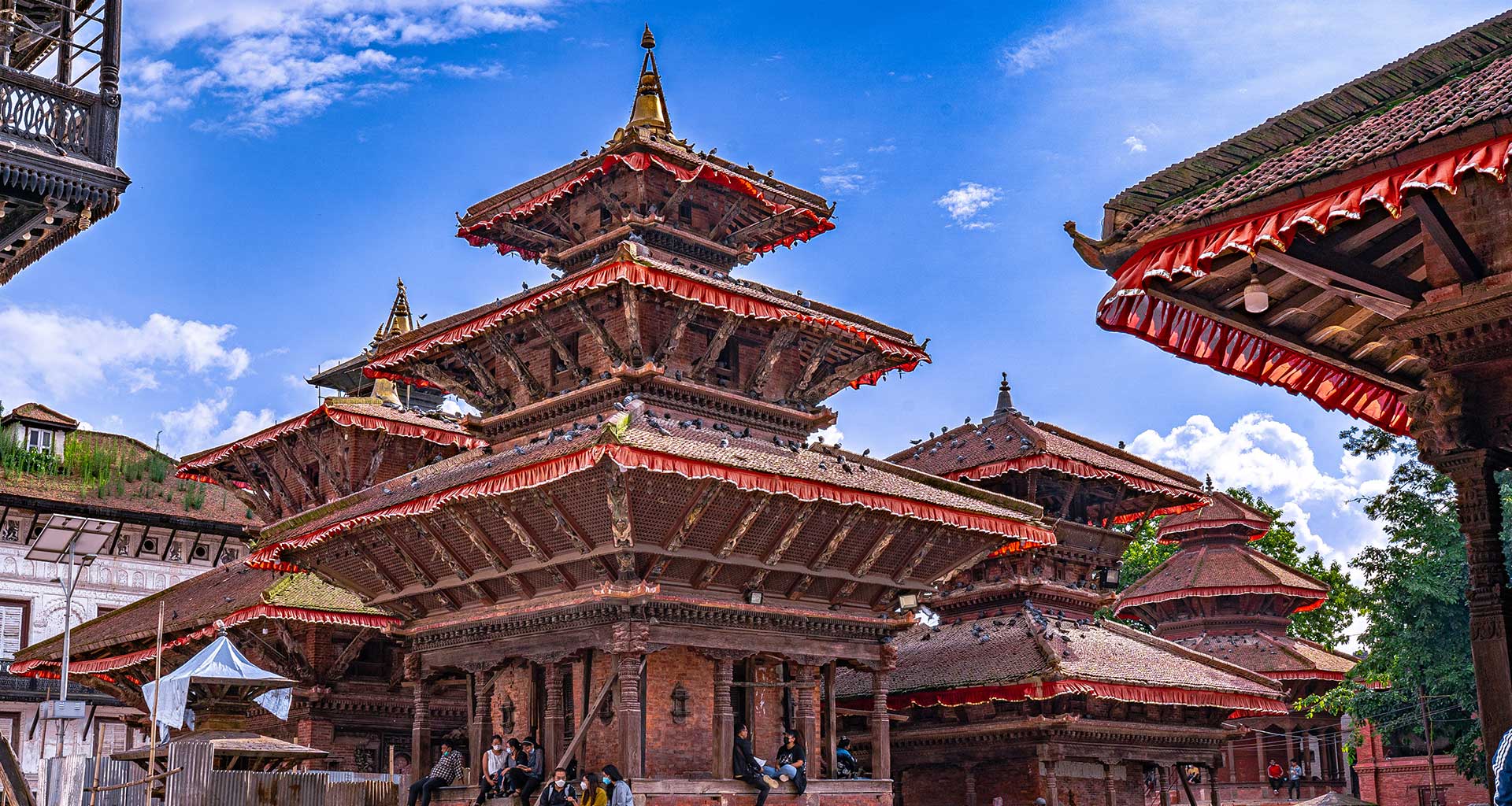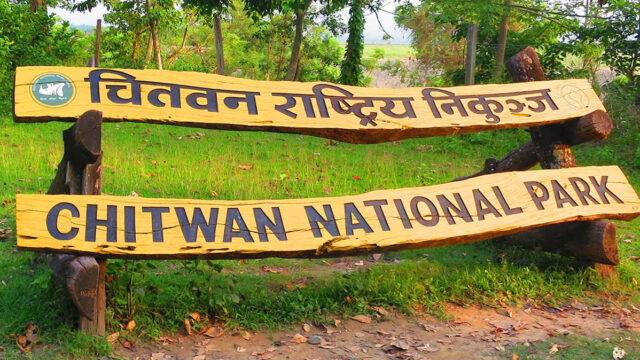Kathmandu Durbar Square, one of Nepal’s most cherished UNESCO World Heritage Sites, is poised for a tourism revival as local and international efforts intensify to attract visitors and preserve its historical and cultural significance.
A Historical and Cultural Treasure:
Kathmandu Durbar Square, located in the heart of the capital, is a stunning testament to the grandeur of the Malla dynasty and Nepal’s rich architectural heritage. The square is home to an array of palaces, courtyards, and temples, including the Hanuman Dhoka Palace, Taleju Temple, and the Kumari Ghar, where the living goddess Kumari resides.
Post-Earthquake Restoration:
The 2015 earthquake inflicted significant damage on many of the square’s historic structures. However, extensive restoration efforts led by both the Nepalese government and international partners have been steadily bringing Kathmandu Durbar Square back to its former glory. These efforts have focused on meticulous reconstruction techniques that respect the original architectural styles and materials.
Tourism Revival Initiatives:
To rejuvenate tourism, the Kathmandu Metropolitan City Office has launched several initiatives aimed at enhancing visitor experiences. These include improved signage, guided tours, and interactive exhibits that provide deeper insights into the history and significance of the square. Additionally, efforts are being made to improve infrastructure, including better lighting and more accessible pathways for visitors.
Cultural Programs and Festivals:
Kathmandu Durbar Square is not just a historical site but also a vibrant cultural hub. Regular cultural programs, traditional music and dance performances, and festivals such as Indra Jatra and Dashain are celebrated with great enthusiasm, offering tourists a unique glimpse into Nepalese culture and traditions. These events are being promoted extensively to attract more visitors.
Economic Impact and Community Involvement:
The revival of tourism at Kathmandu Durbar Square is expected to have a substantial positive impact on the local economy. Increased tourist footfall will benefit local businesses, artisans, and vendors, providing much-needed economic support. The local community is actively involved in tourism promotion efforts, ensuring that the benefits of increased tourism are widely distributed.
Sustainable Tourism Practices:
Sustainability is at the forefront of the tourism revival strategy. Measures are being implemented to manage tourist numbers, reduce environmental impact, and preserve the integrity of the site. Educational programs are being developed to raise awareness among visitors about the importance of conservation and responsible tourism.
Future Prospects:
Looking ahead, Kathmandu Durbar Square is set to become a model for heritage tourism in Nepal. The combination of historical restoration, cultural promotion, and sustainable tourism practices positions the square as a premier destination for tourists seeking an enriching and authentic experience.
As Kathmandu Durbar Square continues to welcome visitors from around the world, it stands as a symbol of resilience and a beacon of Nepal’s rich cultural legacy. Tourists are invited to explore this remarkable site, immerse themselves in its history, and participate in its vibrant cultural life, contributing to the ongoing story of this extraordinary heritage site.






